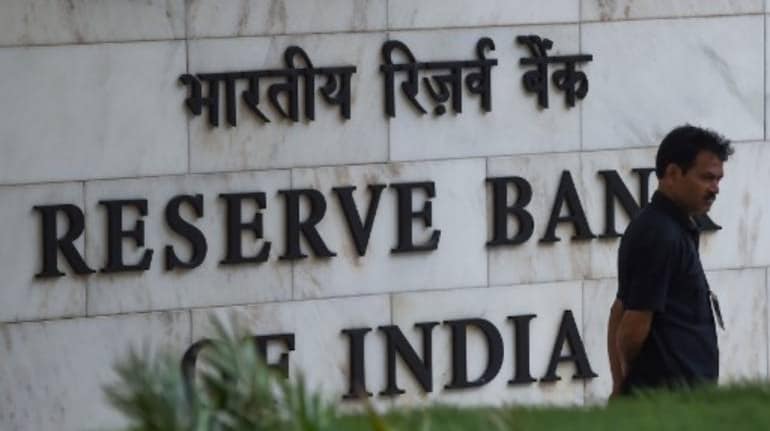



In response to the sharp change in liquidity conditions in the banking system caused by advance tax payments and auction-related outflows, the Reserve Bank of India (RBI) conducted a repo auction to address liquidity stress ahead of goods and service tax (GST) payments, experts said.
They added that the repo auction would also ease pressure on call money rates, which have been trading higher since morning.
On June 19, the central bank conducted a Rs 75,000 crore 4-day variable rate repo auction. Experts say it was aimed at addressing the expected stress on liquidity ahead of goods and service tax outflows.
The repo auction got a very positive response from banks. The RBI received bids worth Rs 75,695 crore but accepted only Rs 75,004 crore at a 6.51 percent cut-off rate.
A repo auction is usually conducted by the central bank to inject liquidity in the banking system, when it turns into deficit mode or is expected to tighten.
“The timing of the June 19 repo auction indicates that they (RBI) would want to keep liquidity adequate ahead of GST tax collection outflows. The payment due date for GST is June 20,” said Gaura Sengupta, India economist, IDFC First Bank.
According to Sakshi Gupta, economist at HDFC Bank, liquidity conditions could continue to tighten on GST-related tax outflows. But continued repo operations, accretion to banking system liquidity due to the withdrawal of 2000 rupee notes, and government spending could provide some offsets with the end of the month coming up, she added.
Also read: Bankers await signs on RBI's liquidity approach amid persisting disconnect
Liquidity squeeze
Liquidity in the banking system, which was in huge surplus of over Rs 1.5 lakh crore, has fallen to Rs 85,000 crore as on June 16 due to advance tax outflows and auction-related payments.
According to the Kotak Mahindra bank report, total outflows for the week ended June 16 stood at Rs 1.89 lakh crore, including Rs 90,000 crore of advance tax and Rs 39,000 crore in the central government bond auction.
However, there were inflows worth Rs 85,357 crore in the week ended June 16.
To remove the excess liquidity from the banking system, the central bank has conducted seven variable rate reverse repo auctions, so far, in June worth Rs 6.50 lakh crore in all.
But, the response by banks in all these auctions remained muted and they had only parked Rs 2,03,075 crore.
Call money rates
Call money rates, which have been trading below the repo rate so far this month due to a huge liquidity surplus, are now trading above the repo rate and below the marginal standing facility.
But after the announcement and the result of the variable rate repo auction, overnight weighted average call money rates fell 5-6 basis points (Bps) and are now trading at 6.68 percent.
One basis point is one-hundredth of a percentage point.
During the June monetary policy, RBI deputy governor Michael D Patra had said the central bank looks at the call money rate and seeks to get it aligned with the Repo rate.
“As soon as it gets aligned, we feel liquidity is balanced out,” he added.
Outlook
Liquidity conditions in the banking system are likely to improve once government spending picks up during the month-end on account of salaries and pensions.
This will also align the call money rate to the repo rate. “Call rates should ease by the end of the month as government expenditure picks up,” Sengupta added.
“With government spending post GST and advance tax payments in June, usually liquidity comes in near zero or deficit mode, but may turn back to normal soon,” said Ajay Manglunia, Managing Director, JM Financial.
Discover the latest Business News, Sensex, and Nifty updates. Obtain Personal Finance insights, tax queries, and expert opinions on Moneycontrol or download the Moneycontrol App to stay updated!
Find the best of Al News in one place, specially curated for you every weekend.
Stay on top of the latest tech trends and biggest startup news.